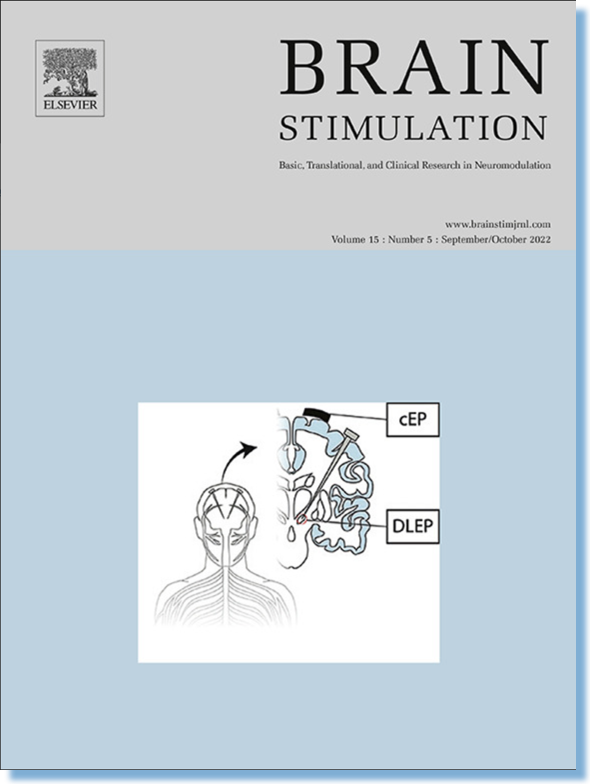How vagus nerve stimulation improves stomach function
Auricular transcutaneous vagus nerve stimulation treats not only functional and inflammatory digestive disorders as shown in previous studies, but also modulates the brain-gut connection to regulate the experience of hunger and eating motivation.
There is a wealth of evidence for the benefits of auricular tVNS—transcutaneous vagus nerve stimulation with the active electrode placed to stimulate the auricular branch of the vagus nerve at the ear (taVNS)—including all stages of digestion. For regulation of stomach function, new research reveals the connections via the vagus nerve to the brain’s nucleus of the solitary tract (NTS) and the midbrain.
The authors note:
“Maintaining energy homeostasis is vital and supported by vagal signaling between digestive organs and the brain. Previous research has established a gastric network in the brain that is phase synchronized with the rhythm of the stomach, but tools to perturb its function were lacking..”
A “gastric network” in the brain
Interoception, the collection of senses that perceive the internal state of the body and the brain’s representation of those senses, occurs for the stomach by rhythmic signals mediated by the vagus nerve to and from the established gastric network in the brain, comprising the stomach-brain axis. Interestingly, the stomach-brain axis includes regulation of appetite, memory formation, and affect.
“Rhythmic signals originating from the stomach and mediated by the vagus nerve have been linked not only to appetite [[10],[11]], but also motivation [12, 13, 14], memory formation [[15],[16]] and affect [[17]]. Consequently, a widespread cortical network relying on a variety of neuromodulatory systems is coupled to the gastric rhythm[[18]], suggesting a role for gastric network oscillations in neuromodulation and behavior.”
taVNS has already been shown to activate the NTS, improving mood and memory; and modulate stomach motility from the brain through the vagus nerve. The authors took a step further:
“To assess the effect of vagal afferent activation on stomach-brain coupling in healthy individuals, we used taVNS with concurrent electrogastrography (EGG) and fMRI (Fig. 1A). We expected taVNS to increase gastric coupling in regions with known vagal afferent projections, such as the NTS. We further assessed if these stimulation-induced changes in stomach-brain coupling are correlated with changes in metabolic state as quantified by ratings of hunger.”
Clinical use of taVNS has in the functional medicine domain has until now applied the active electrode to the left ear. Very interestingly, these researchers used a right ear active electrode application.
“In the current study, we decided to stimulate the right auricular branch of the vagus nerve because previous research had shown generalizing motivational effects [[27]] and stronger conditioning effects via mesolimbic dopamine release [[38]]. We reasoned that stimulating the right ear may provide further insights into crucial mechanisms of gut-brain communication that may support energy homeostasis.”
taVNS regulates eating motivation
Their findings demonstrate the role of the gastric network in sensing metabolic status and the subjective sensation of hunger.
Here, we used non-invasive taVNS to emulate the activation of vagal afferents that are known to regulate the intrinsic rhythm of the stomach via a vago-vagal pathway…Crucially, we also show that taVNS increases the correlation between changes in stomach-brain coupling and in subjectively sensed hunger.
We conclude that taVNS is an effective method to modulate stomach-brain coupling, providing an important technique to causally study the function of the gastric network. Consequently, taVNS may open an avenue to future treatments of gastrointestinal, or more broadly, somatic symptoms of a broad array of disorders. In addition, work on vagal afferent signaling using the experimental control provided by taVNS could help us better understand inter-individual differences in non-homeostatic eating, such as emotional or disinhibited eating.

